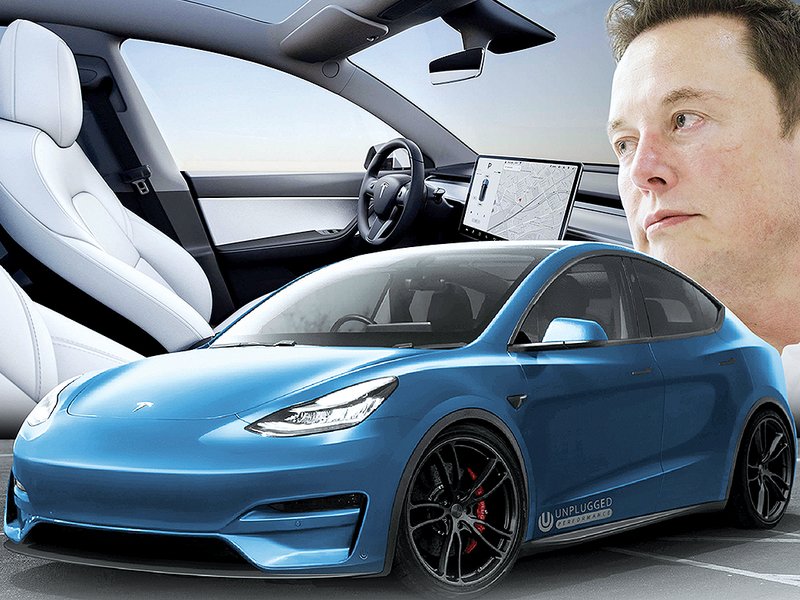
The Model 3 sedan sent Tesla Inc. to “production hell,” but the automaker believes it can bypass that particular stop with its next big product launch, which is approaching faster than many outside the company had anticipated.
Tesla last week reported a fourth-quarter profit that fell 25 percent from the same period a year earlier, though its stock soared on the news that the company started building the Model Y in January at its California plant. The electric-vehicle maker said it expects to begin delivering the three-row compact crossover to customers by the end of March.
The company originally predicted a fall 2020 delivery date when it unveiled the vehicle last year. It’s a rare instance of Tesla and CEO Elon Musk, known for blowing deadlines, being ahead of schedule.
In addition to the timing surprise, Tesla said it had boosted the all-wheel-drive Model Y’s battery range to 315 miles from the originally announced 280 miles.
“It’s clearly a positive sign,” Jessica Caldwell, executive director of insights at Edmunds, told Automotive News. “If you compare it to where they were in the ‘production hell’ days, the tone sounds so much different. It seems as if they’re in a better place.”
Tesla may have overcome the manufacturing issues that vexed it for much of 2018 and 2019 at the perfect time.
Musk has said the Model Y could outsell the Model 3, Model S and Model X combined, and analysts have suggested it could be the automaker’s most crucial vehicle.
Crossovers outsell cars in the U.S., and the $39,000 price tag on the base Model Y could be an attractive option.
“From a segment standpoint, you have a larger customer base,” Caldwell said. “They can capitalize on the momentum from the Model 3. Debuting a crossover that’s similar will help them get more buyers.”
A potential downside, however, could be an increase in competition, including the upcoming Mustang Mach-E from Ford Motor Co. that likely will attract similar buyers.
“If someone wants to go green in that segment, there’s actually a lot of choices,” Caldwell said. “The Model Y faces a much more competitive market.”
Although Tesla made a profit in each of the past two quarters, it lost $862 million in 2019. Still, its stock surged to $650 a share last week – tripling its value from August.
Its fourth-quarter financials were helped by record quarterly deliveries of 112,095 vehicles, including more than 92,000 Model 3 sedans. Tesla said it “should comfortably exceed 500,000 deliveries” in 2020 and expects “limited volumes” of its upcoming semitruck this year.
Total revenue in the quarter rose 2 percent to $7.4 billion, with automotive revenue rising 1 percent to $6.4 billion.
“2019 was a turning point for Tesla,” the automaker said in a statement. “We demonstrated strong organic demand for Model 3, returned to GAAP profitability in [the second half] and generated $1.1 billion of free cash flow for the year. We achieved strong cash generation through persistent cost control across the business.”
Tesla generated free cash flow of $1 billion in the fourth quarter, although capital expenditures rose because of investment in a new Shanghai assembly plant and Model Y output in Fremont, Calif.
The automaker’s cash on hand rose by $930 million during the quarter to $6.3 billion.
Aside from the Model Y’s range bump, Musk said the Model S sedan’s range soon would top 400 miles, up from the 373-mile range currently listed.
He said the company expected a profit moving forward, although new-product launches could affect that.
“The world has waited for things to get better,” Caldwell said. “It feels like things slowly are.”